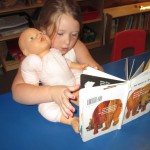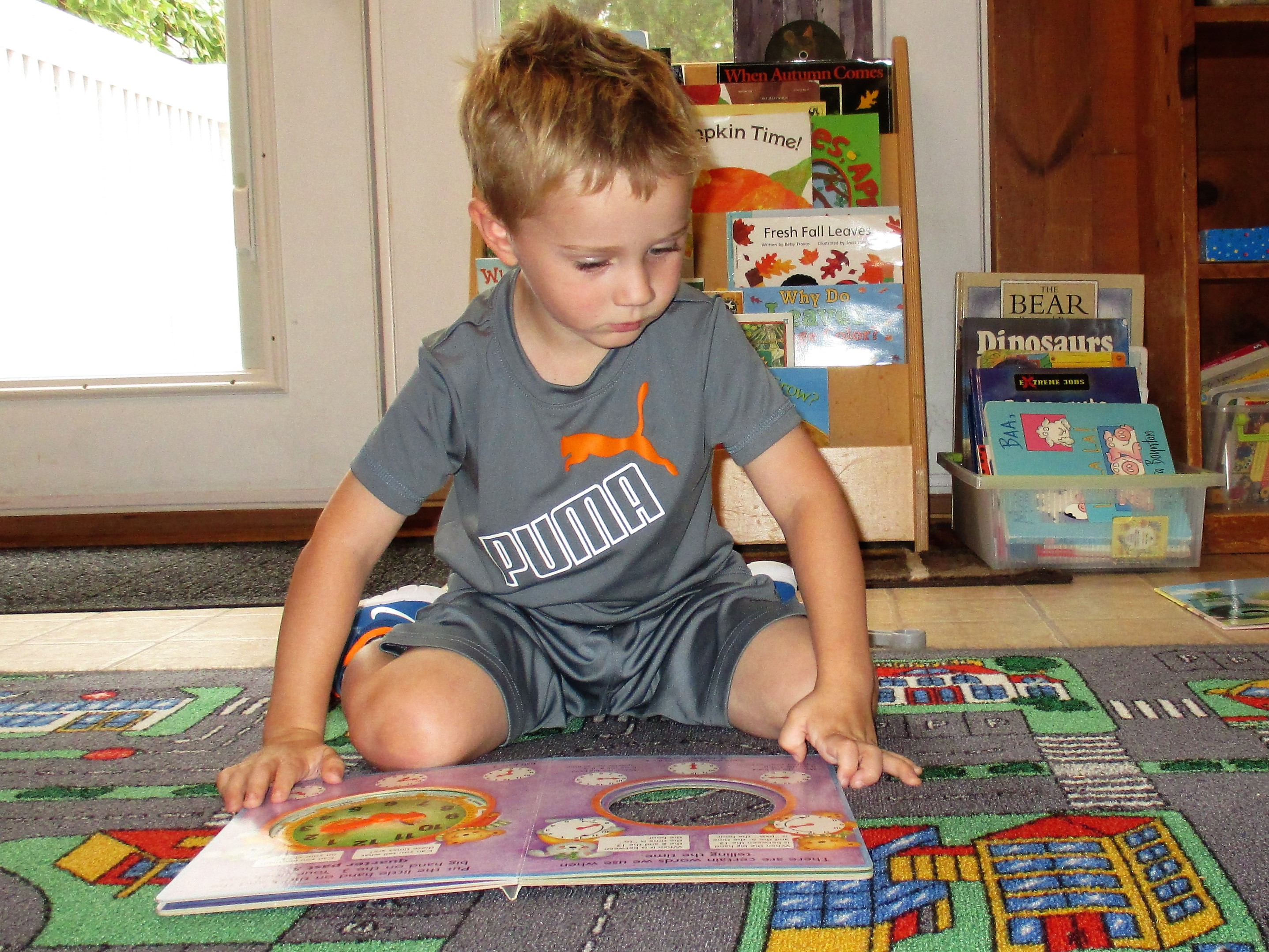 Here’s something to think about. Since 1971, the Department of Education has conducted national studies to assess reading skill levels. They released a survey in June which found 13-year olds had seen a 4-point decline in text comprehension skills since 2019-2020, and an average 7-point drop compared with 2012 figures. Students who struggle with learning to read fared worst of all with performances falling below 1971 reading skill levels. Not an inch of ground was gained in the fight to improve outcomes for struggling readers and, in fact, ground was lost.
Here’s something to think about. Since 1971, the Department of Education has conducted national studies to assess reading skill levels. They released a survey in June which found 13-year olds had seen a 4-point decline in text comprehension skills since 2019-2020, and an average 7-point drop compared with 2012 figures. Students who struggle with learning to read fared worst of all with performances falling below 1971 reading skill levels. Not an inch of ground was gained in the fight to improve outcomes for struggling readers and, in fact, ground was lost.
The Guardian, in a January 2024 article by John R. MacArthur entitled A groundbreaking study shows kids learn better on paper, not screens. Now what?, had this to say on the survey and its conclusions:
“But while everyone bemoans the lockdown, there’s been curiously little discussion in this debate about the physical object most children use to read, which, starting long before the arrival of Covid, has increasingly been an illuminated screen displaying pixelated type instead of a printed or photocopied text. What if the principal culprit behind the fall of middle-school literacy is neither a virus, nor a union leader, nor ‘remote learning’?
Until recently there has been no scientific answer to this urgent question, but a soon-to-be published, groundbreaking study from neuroscientists at Columbia University’s Teachers College has come down decisively on the matter: for ‘deeper reading’ there is a clear advantage to reading a text on paper, rather than on a screen, where ‘shallow reading was observed’.”
Without a doubt, the COVID shutdown and the months of remote learning that followed took an educational toll on children around the world. However, the decline in reading skills started years before COVID.
 You’re less likely to have middle school literacy issues among children entering middle school with strong reading skills. I believe many factors contributed to the declining skill levels seen in the study, including corporate curriculum giants prioritizing profits over outcomes. Let’s look at Google. With this study determining screens promote “shallow reading,” it’s now debatable whether Google’s Chromebook is an appropriate literacy device for older students, let alone children still learning to hold a pencil correctly.
You’re less likely to have middle school literacy issues among children entering middle school with strong reading skills. I believe many factors contributed to the declining skill levels seen in the study, including corporate curriculum giants prioritizing profits over outcomes. Let’s look at Google. With this study determining screens promote “shallow reading,” it’s now debatable whether Google’s Chromebook is an appropriate literacy device for older students, let alone children still learning to hold a pencil correctly.
Kids as young as kindergarten-age are being issued Chromebooks and I have to ask, To what end? Chromebooks are a cash cow for Google which incentivizes Google to promote them as a tool for younger and younger students. And if reading off of a screen promotes “shallow reading” why on earth would we have our newly-literate readers using screens for reading?
Other factors include certain reading curriculums which leave many students behind, such as the Fountas and Pinnell Classroom Guided Reading curriculum and the Lucy Calkins’ Units of Study series, both published by Heinemann. For an in-depth look at the flaws in these curriculums, listen to the podcast Sold a Story. (Thank you for sharing this with me many months ago, Carrie!)
As many of you know, I’ve written or contributed to several books for educational publishers and write most of the Hogarth curriculum. I write to grade level and understand how to present the written word to young readers. Hogarth students are immersed in print from day one. Whether working with the Agenda or the Animal Alphabet, “reading” big sheets for memorized songs and poems, or writing peeps, reports or journal entries, my students interact with written language every day.
For most of my students, independent reading will begin during their kindergarten year, although some will start independently reading while at Hogarth. You can be certain the books they read at Hogarth will have paper pages for lingering over and turning with care.


